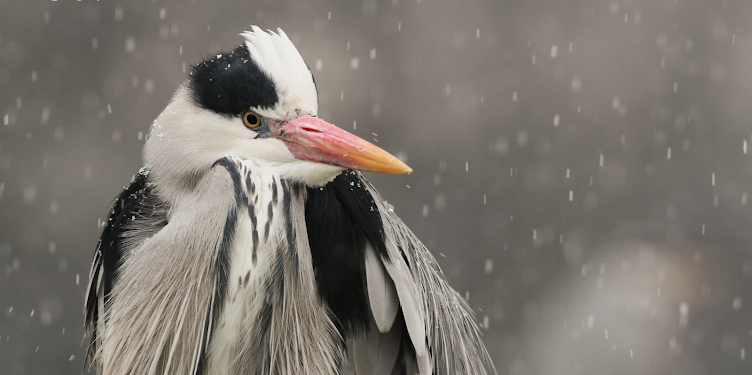Today I had the chance to go out to one of the islands on the pond next to our CES site to ring all the Black-headed Gull and Common Tern chicks we could find - and boy did we find a fair few!
Just to word of warning to all you ringers out there: if you are ringing Gulls/Terns they leave you lots of presents in the form of guano and regurgitated bits of fish so make sure your washing machine is empty for when you get home so you can just chuck all your clothes in asap!!
We (Terry the boat operator, MC and I) headed out to the main island at about 09.30 and didn't get back to shore until about 14.30. It was an incredible experience and one that I won't be forgetting any time soon!
Instead of writing any more, I will just let the photos and their captions do the talking:
 |
| This young Black-headed Gull still has its egg tooth (just visible on the tip of its bill) and was too young to be ringed so we put it back where we found it. |
 |
| Four Black-headed Gull chicks prior to release. |
 |
| This Black-headed Gull chick was almost fully grown and ready to fledge. |
 |
| A comparison between two different ages of Common Terns. The one on the left is older and quite close to fledging, meanwhile the one on the right is only about two weeks old. |
 |
| This is one of the the older Common Tern chicks we ringed. |
 |
| This is one of the younger Common Tern chicks we ringed. |
The totals for the day are:
Black-headed Gull - 104
Common Tern - 7
Mute Swan - 1
As always, thank you very much for reading, I hope you enjoyed it! Don't forget you can




















